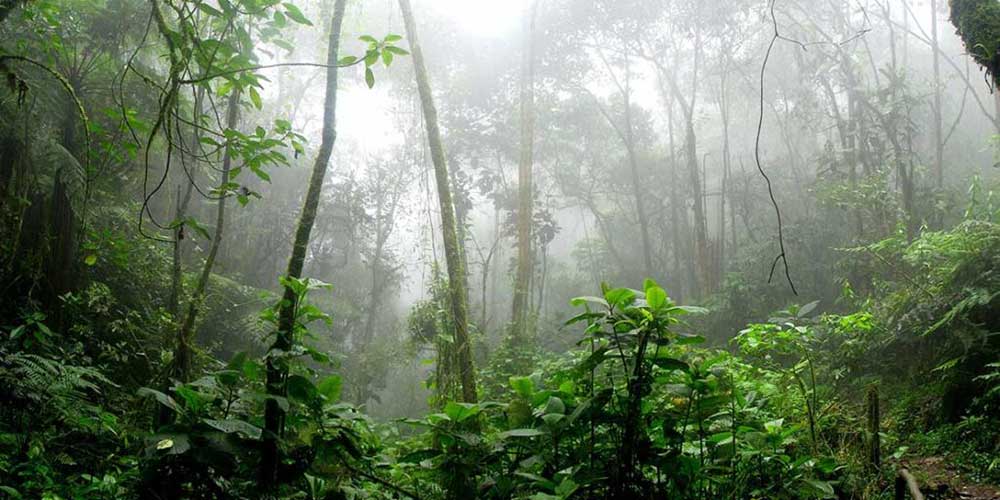
The importance of listening
December 30, 2021
Why You should Eat Carrot?
June 25, 2022Introduction of Winged beans
Botanical name – Psophocarpus tetragonolobus
Caste – Fabaceae
Genus – Psophocarpus
The Winged beans is a tropical legume. It is also known as dragon bean, Dambala, manila bean, princess bean, cigarrillas, and asparagus bean. Its origins are most likely New Guinea.
It grows abundantly in the hot, humid temperate countries of South and Southeast Asia. It is widely known in Southeast Asia and Papua New Guinea but is cultivated on a small scale.
Winged bean is a crop/vine that can be grown in any country up to 2000 m above sea level. Winged bean production is optimal in humidity, but the species is susceptible to moisture and flooding. Its ideal growing temperature is 25 °C. Lower temperatures suppress germination, and extremely high temperatures inhibit yield.
The flowers, leaves, spikes, seeds, and tubers of the winged bean plant are all edible and all these parts have a high nutritional value. However, it is important to keep in mind that each component has different nutritional values.
14 benefits of winged beans
1 . Vitamin A from leaves
Winged bean leaves (immature) have a very high content of vitamin A. When you eat 50 grams of winged beans leaf mallow, you get about 4045 IU of international units (4045 IU). But many people believe that carrots are a vegetable rich in vitamin A. But not to mention leading nutritionists, 50 grams of coriander leaves contain the same amount of vitamin A as carrots. The average daily vitamin A requirement of a breastfeeding mother is 4,300 IU / day (4,300 IU / day). The daily vitamin A requirement of a child under the age of five is less than 3,000 IU. Therefore, to get the required amount of vitamin A per day, a person only needs a handful of winged beans leaves a day.
2 . Winged beans for vegetarians
There are no genuine protein deficiencies in the United States and other developed countries. It exists in underdeveloped countries, especially in Africa and Asia. Protein deficiency is also known as protein-energy malnutrition (PEM). These veggies are protein-rich vegetarian food. It has 29.65mg protein per 100g. Therefore, it is advisable to eat regularly to avoid protein deficiency in vegetarians or underdeveloped countries peoples.
3 . Winged beans for Anemia
It has rich in iron. It is 13.44mg per 100g. Therefore, Winged beans are food that reduces Anemia in pregnant women and young children.
4 . High calcium
winged beans are high in calcium and starch. It is 440mg per 100g. So this vegetable helps in bone formation and proper maintenance of bones.
5 . Antioxidants from winged beans
It contains a large number of antioxidants. These remove free radicals from the body and reduce the risk of cancer. And also, reduces skin wrinkles and premature aging.
6 . Reduces skin wrinkles
The antioxidant compounds in winged beans reduce skin wrinkles and premature aging. Also controls hair loss.
7 . For migraines
This vegetable has a chemical named tryptophan. So Ayurvedic Medicine says winged beans are treatment and medicine for headaches and migraines.
8 . Thiamine rich winged beans
Winged beans contain 1.03mg per 100g of the chemical thiamine which heals joint ailments and joint pains. So good for elders to eat regularly.
9 . Winged beans for eyesight
It Gives us good vision and improves eyesight because this vegitable contains that thiamin.
10 . Winged beans for muscle weakness
Winged beans are rich in phosphorus. It is 451 mg per 100 g. So muscle weakness can be prevented.
11 . Winged beans have fiber
This vegitable is a high fiber-food. It, therefore, sets up the regularity of the digestive system. It is advisable to eat fiber-food to cure many stomach ailments. Thus eating winged beans prevents cancer of the extremities. Prevents constipation.
12 . Low calories
Winged beans have very low in calories. It’s as low as 148 calories per 100 grams. Therefore, it is advisable to eat, even for obese people.
13 . winged beans reduce diabetics
Vitamin D and calcium in winged bean help maintain proper blood glucose levels. Therefore, eating the winged bean is very beneficial for diabetics.
Also, This vegetable is good for type 2 diabetes. The fiber content assists deal with type 2 diabetes to the large extent due to the capacity to generate and sustain levels of insulin and glucose. This says that the rise of insulin stabilizes as well as decreases the chances of diabetes. It also increases the metabolism rate. Thus decreasing the amounts of glucose within the body. So this is a great contributing factor towards lowering the chances of ever-lurking diabetes.
14 . Strong immune system
This vegetable contains 4.48mg zinc per 100g. Zinc is found in our body cells. Zinc helps the immune system fight off invasive bacteria and viruses. During pregnancy, infancy, and childhood, the body needs zinc for proper growth and protection. Because of this, the body’s immune system is strengthened when you eat it regularly.
Nutritional value of Winged bean
| Composition value for | Parts of plant / 100 g | ||
| Seeds (a) | Fresh pod (b) | Root (c) | |
| Water (ml) | 9.0 | 73.8 | 75.0 |
| Calories | 420.0 | 85.0 | 91.0 |
| Protein (g) | 31.8 | 8.3 | 2.3 |
| Fat (g) | 17.0 | 0.8 | 0.6 |
| Carbohydrate (g) | 33.0 | 12.3 | 20.0 |
| Fibre (g) | 6.6 | – | 1.5 |
| Calcium (mg) | 210.0 | 40.0 | – |
| Phosphorous (mg) | 410.0 | 140.0 | – |
| Iron (mg) | 15.0 | 2.3 | – |
| Vitamins | – | – | – |
| Thiamine (mg) | 0.08 | – | – |
| Ascorbic acid (mg) | trace | 22.0 | – |
Source – www.doa.gov.lk
To reap the benefits mentioned above, you need to be careful when cooking.
Things to follow when cooking
- Finely chop and cook.
- Always make a salad and enjoy it.
- Cook on low heat for less than 5 minutes.
- Eat as soon as cooked.
Things not to do
- Do not wash after cutting finely.
- Don’t use oil in cooking
- Do not overheat.
- Do not use MSG flavoring.
Growing winged beans in Home garden
- Dig 2 feet long and 2 feet wide hole. Fill the hole with organic manure, mix it well with the soil.
- Plant about three good seeds in one hole. Place the seed about 2 inches below the ground.
- Apply only 2 liters of water per hole per week.
- Once the vines have grown, leave the best 2 seedlings and discard the other ones.
- Slowly tie the vines to the 7 feet high support posts planted near the holes.
- Apply organic manure again in 1 month and then continue monthly.
- In 3 months the spikes jump. pick them at a green or immature stage.
- These vines drop their leaves after a few months. But the leaves grow again and become spikes again on the same vine.
- No major pests and diseases have been reported in this Vegetable. In some cases, minor damage has been reported from leaf-eating insects such as caterpillars and spider mites. Also, cases of bacterial wilt and foot rot have rarely been reported. The best method for this in-home gardening is ash spraying.






